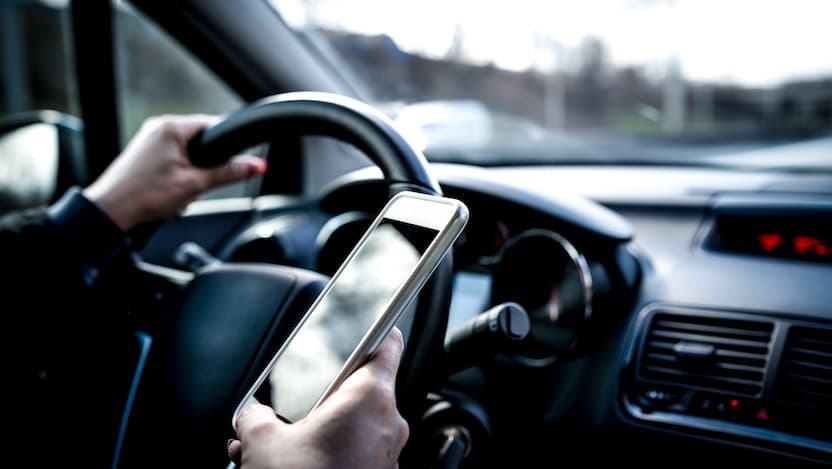Staying safe from distracted driving

In 2020, 3,142 people were killed by distracted drivers in the United States, and an estimated 280,000 people are injured each year.
Whether you’re walking, biking, or driving, follow these tips for a safer commute.
Pedestrians
- Always use the crosswalks, and ideally cross at a stop sign or stoplight. Over 75% of pedestrian deaths occur when the pedestrian is not using an intersection.
- Try to make eye contact with any nearby drivers when crossing the street. You may notice someone not paying attention to the road.
- Wear bright or reflective clothing when walking or exercising at night. You can buy reflective stickers or lights to put on your child’s stroller.
- Avoid using your phone when crossing the street. Distracted walkers and distracted drivers are a dangerous mix.
- Try not to use headphones and earbuds when walking or jogging, as you may not hear approaching vehicles.
Parents of new drivers
- Ensure your child follows their state’s graduated driver’s license law and does not have other teens in the car with them until they get more experience behind the wheel.
- Limit the number of young passengers. Other teens in the car are one of the leading causes of distracted driving crashes for young drivers.
- Be a good role model for your child, and set the example of never using your phone while driving.
- Teach your child to never reach for anything while the car is in motion.
On the road
- Be an active driver. Try to stay focused while driving in boring conditions such as traffic or empty roads.
- Do not rely heavily upon automated safety features such as lane assist or autopilot. Those are tools to help you, but they are not foolproof.
- Keep your eyes peeled at intersections and in traffic for drivers not paying attention. When starting at a green light, look for red light runners.
- Some of the riskiest behavior for distracted driving is taking your hands off the wheel and your eyes off the road.
- If you’re a passenger of a distracted driver, say something. The majority of drivers say they would stop texting and driving if a passenger asked.
About the Authors
Matt Louzon, CPST, is the program coordinator for the University of Chicago Pediatric Injury Prevention Program.

